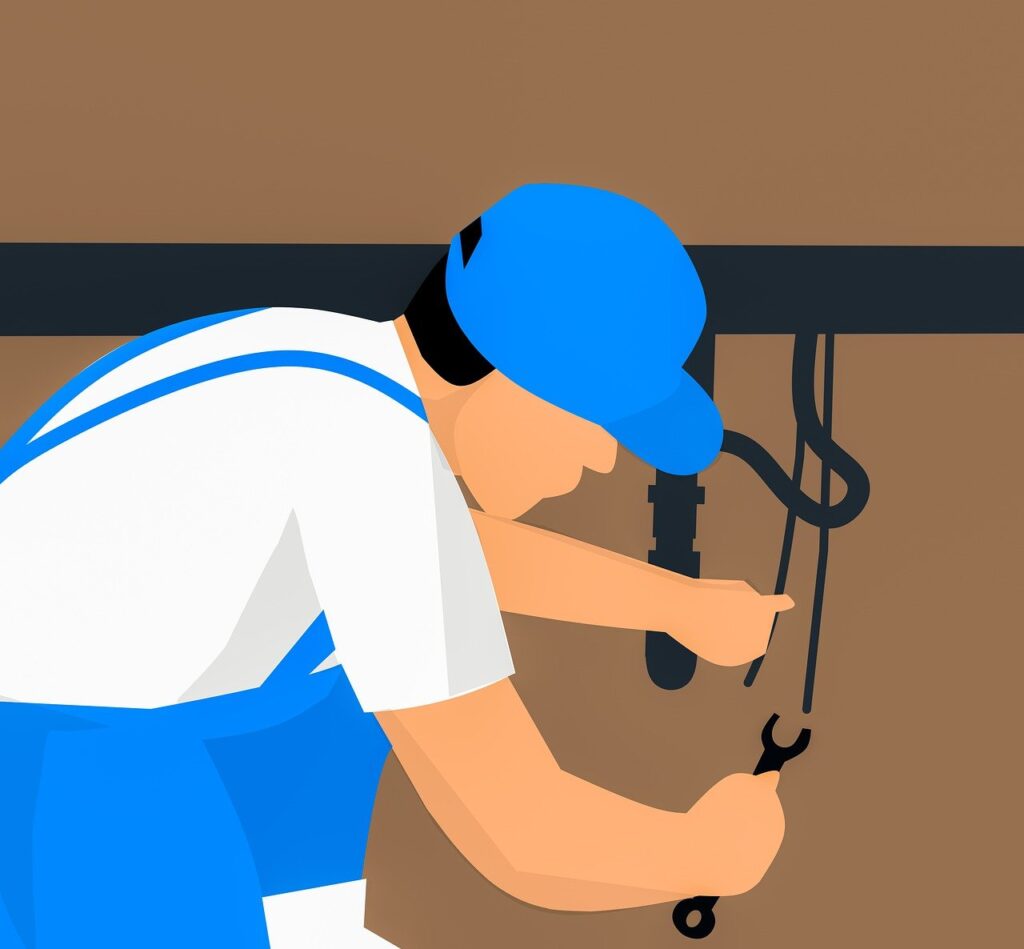
Water damage can have devastating effects on properties, leaving homeowners with the daunting task of dealing with property damage and salvaging their belongings. Whether it’s due to a burst pipe, a flooded basement, or a natural disaster, the aftermath of water damage requires swift action and careful consideration. In this article, we will explore the steps to take when facing water damage, discuss property restoration, and provide tips for salvaging belongings.
The first step after discovering water damage is to ensure your safety and assess the extent of the damage. Turn off the power supply to the affected areas if it is safe to do so, as water and electricity can be a deadly combination. Once you have ensured your safety, evaluate the damage by examining walls, floors, furniture, and personal belongings.
It is crucial to act quickly to prevent further damage and minimize the impact of water on your property. Remove standing water as soon as possible using pumps, wet/dry vacuums, or buckets. Open windows and use fans and dehumidifiers to facilitate the drying process. If the water damage is extensive, it may be necessary to contact professional water damage restoration services to ensure thorough and proper restoration.
When it comes to salvaging belongings, prioritize items with sentimental value or those that are difficult to replace. Begin by sorting through your belongings and separating salvageable items from those that are irreparably damaged. Porous materials such as carpets, upholstery, and mattresses are particularly susceptible to water damage and may need to be discarded.
For salvageable items, start the cleaning and restoration process as soon as possible. Use clean, fresh water and mild detergent to gently clean surfaces, and thoroughly dry each item to prevent mold and mildew growth. Consider consulting professionals, such as furniture restorers or textile experts, for specialized care and restoration of valuable or delicate items.
Important documents and photographs may also be salvageable with proper care. Handle them with care, and if they are wet, separate individual pages and allow them to air dry. If they are stuck together, consult a professional conservator who specializes in document restoration.
Electronics affected by water damage require extra caution. Do not turn on or attempt to operate wet electronics, as this can cause further damage or electrical hazards. Instead, remove batteries if possible and gently dry the items. It is advisable to consult a professional electronics technician for assessment and repair.
When dealing with property damage, it is essential to document the damage thoroughly for insurance purposes. Take photographs or videos of the affected areas and damaged items before beginning any cleanup or restoration efforts. Keep track of expenses related to restoration and repairs, as they may be eligible for reimbursement through your insurance claim.
Remember to consult with your insurance provider as soon as possible to report the water damage and understand the coverage and claims process. They can guide you through the necessary steps, provide advice, and recommend preferred restoration companies.
In conclusion, the aftermath of water damage can be overwhelming, but swift action and careful handling can help mitigate further damage and salvage belongings. Prioritize safety, assess the damage, and seek professional assistance when needed. Act quickly to remove water, dry out the affected areas, and restore your property. Salvaging belongings requires prompt cleaning and appropriate restoration methods. By taking proactive steps and seeking professional guidance, you can effectively navigate the aftermath of water damage and restore your property and belongings to their pre-damaged state.
